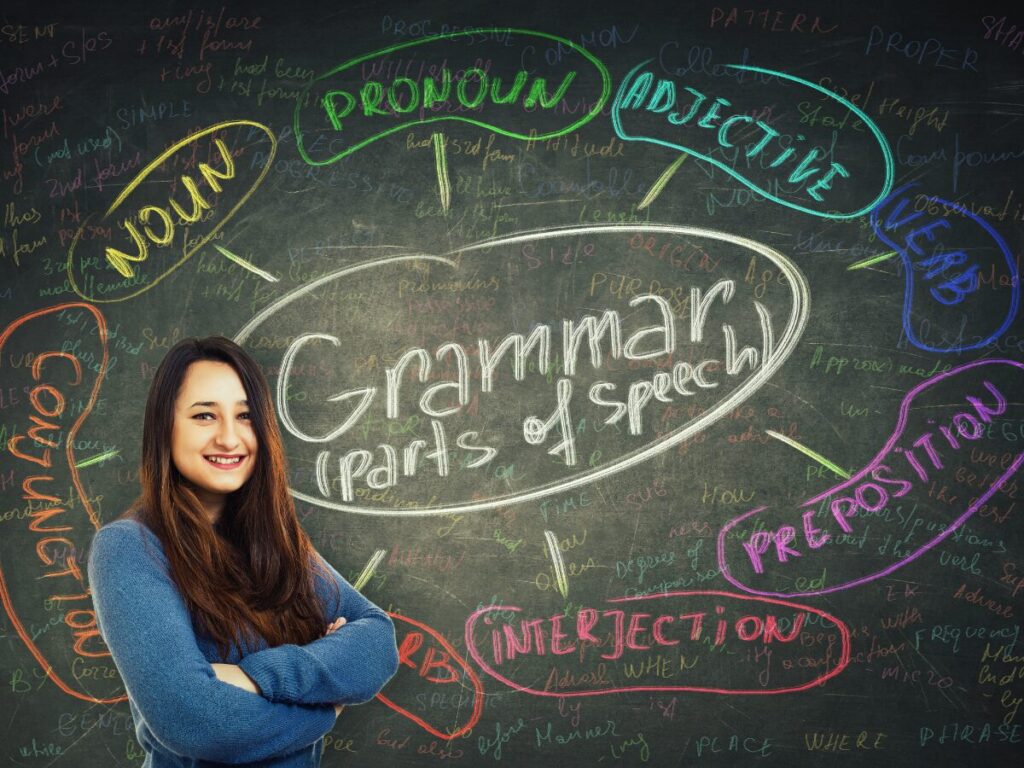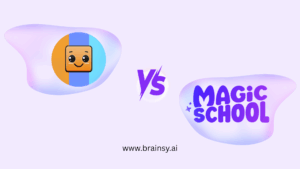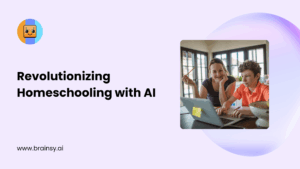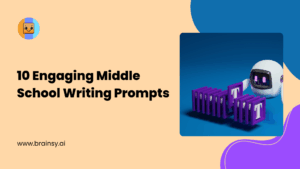
Welcome to the future of education! This guide is designed to empower educators with practical insights and strategies for integrating Artificial Intelligence (AI) into the classroom. Discover how AI can enhance teaching methods, engage students, and personalize the learning experience.
Understanding AI in Education
Artificial Intelligence (AI) in education represents a transformative paradigm shift, redefining the traditional boundaries of teaching and learning. At its core, AI leverages advanced algorithms and data analysis to create adaptive and personalized educational experiences. Unlike conventional teaching methods, AI can understand, adapt, and respond to the unique needs of each student, making learning a more dynamic and tailored process.
As educators embrace AI in the classroom, it’s essential to recognize that this technology is not a replacement for teachers but a powerful ally. AI enhances the teaching process by automating routine tasks, providing valuable data-driven insights, and fostering a more personalized and inclusive learning environment. Embracing a comprehensive understanding of AI in education opens doors to innovative teaching practices, equipping educators to better prepare students for the challenges of the future.
The Benefits of AI Integration
Incorporating Artificial Intelligence (AI) into the educational landscape brings forth a myriad of advantages that extend beyond traditional teaching methodologies. This section delves into the transformative benefits that AI integration offers, highlighting how it enriches the learning experience, personalizes education, and provides real-time insights.
By harnessing the power of AI, educators can embark on a journey that enhances engagement, adapts to individual learning styles, and ultimately propels education into a realm of innovation and effectiveness. Let’s explore the multifaceted advantages that AI brings to the forefront of education, shaping a future where students and teachers alike can thrive in an environment tailored to their unique needs.
Selecting and Implementing AI Tools
Navigating the diverse landscape of Artificial Intelligence (AI) tools in education requires thoughtful consideration and strategic implementation. This section serves as your guide to choosing user-friendly AI applications tailored to your specific educational objectives and seamlessly integrating them into your teaching toolkit.
From exploring the AI landscape to hands-on steps for setup and installation, equip yourself with the knowledge and skills to harness the full potential of AI tools in enhancing your teaching methods and elevating the learning experience in your classroom. Let’s delve into the world of AI tools and discover how they can become valuable assets in your educational journey.
How to choose user-friendly AI applications
When educators are choosing AI tools for integration into their teaching practices, several key considerations should guide their decision-making process. Here are essential factors to look for:
Alignment with Educational Objectives
Ensure that the AI tool aligns with your specific educational goals and objectives. It should complement your teaching style and enhance the curriculum rather than disrupt it.
User-Friendly Interface
Opt for tools with intuitive and user-friendly interfaces. This is crucial to ensure smooth adoption by both educators and students, minimizing the learning curve.
Adaptability and Customization
Look for tools that offer adaptability to diverse learning styles and the ability to customize content. The tool should be flexible enough to cater to the unique needs of individual students.
Data Security and Privacy Measures
Prioritize tools that adhere to robust data security and privacy standards. Verify that the tool has measures in place to safeguard sensitive student information.
Integration with Existing Systems:
Choose tools that seamlessly integrate with your existing educational technology infrastructure. This ensures a smooth incorporation into your teaching routine.
Pedagogical Effectiveness
Assess the pedagogical effectiveness of the AI tool. It should contribute meaningfully to the teaching and learning process, promoting student engagement, understanding, and skill development.
Real-Time Feedback and Analytics
Opt for tools that provide real-time feedback and analytics. This feature enables educators to track student progress, identify areas for improvement, and make timely instructional adjustments.
Accessibility and Inclusivity
Consider the accessibility features of the tool to ensure that it caters to diverse learning needs. It should be inclusive and accommodate students with varying abilities.
Cost and Sustainability
Evaluate the cost of implementing and maintaining the AI tool. Consider the long-term sustainability and scalability of the tool within your educational environment.
Professional Development Support
Check if the tool offers adequate support for professional development. Training resources, workshops, and ongoing support can enhance educators’ ability to effectively utilize the tool.
By carefully considering these factors, educators can select AI tools that not only enhance their teaching practices but also contribute positively to the overall learning experience for students.
Seamless Integration
When selecting AI tools for educational use, one of the paramount considerations is the seamless integration of these tools into existing teaching practices. Opting for tools that effortlessly mesh with your current educational technology infrastructure is crucial for minimizing disruptions and ensuring a smooth transition. Look for applications that offer compatibility with popular learning management systems or other platforms commonly used in your institution.
Additionally, consider the ease of setup and installation, as a user-friendly integration process allows educators to focus more on teaching and less on technical challenges. Prioritizing seamless integration not only enhances the overall efficiency of your teaching routine but also fosters a positive experience for both educators and students, laying the foundation for the successful incorporation of AI into the classroom.
Personalizing Learning Journeys
In the ever-evolving landscape of education, the ability to tailor learning experiences to individual needs has become a cornerstone of effective teaching. This section delves into the transformative realm of personalizing learning journeys with the aid of Artificial Intelligence (AI). By harnessing the adaptive capabilities of AI, educators can create dynamic and personalized curricula that cater to the unique learning styles, strengths, and progress of each student.
Tailoring Curriculum with Adaptive Learning
Discover how AI can dynamically adjust the curriculum to suit individual learning styles. This includes the implementation of adaptive learning platforms that analyze student performance data to provide tailor-made lessons, ensuring optimal engagement and understanding.
AI-Driven Assessments
Explore the realm of AI-driven assessments that go beyond traditional evaluation methods. These assessments adapt to individual progress, offering real-time feedback that not only measures performance but also guides students on their learning journey, addressing areas that need improvement and reinforcing their strengths.
In this section, educators will gain insights into the practical applications of AI in personalizing learning journeys, transforming the educational experience into a more responsive, adaptive, and ultimately more effective process for each student. Discover how AI can be a powerful ally in the pursuit of education tailored to the needs of the individual learner.
AI-Assisted Teaching Strategies
This section explores the innovative realm of AI-assisted teaching strategies, where technology becomes a dynamic ally in enhancing instructional methods and enriching the overall educational experience.
Virtual Classroom Assistants
Delve into the role of AI-powered virtual tutors and teaching assistants. These virtual companions offer personalized guidance, helping students navigate challenging subjects and providing additional support outside traditional classroom hours. Discover how these virtual assistants can create interactive and engaging learning environments, fostering a sense of collaboration and support.
AI-Enhanced Lesson Planning
Uncover the potential of AI in streamlining lesson planning processes. AI tools analyze student data, curriculum objectives, and educational trends to suggest optimal lesson plans. Learn how AI-enhanced lesson planning can save educators valuable time, allowing them to focus on refining instructional strategies and creating a more impactful learning experience.
Educators exploring this section will gain insights into the practical implementation of AI-assisted teaching strategies, offering a glimpse into a future where technology collaborates seamlessly with educators to elevate teaching methods and empower students in their learning journey.
Congratulations! You’ve embarked on a journey to revolutionize your classroom with the power of AI. Embrace the possibilities, enhance your teaching methods, and witness the positive impact on your students’ learning experiences.





